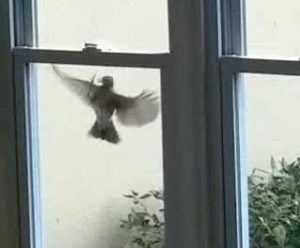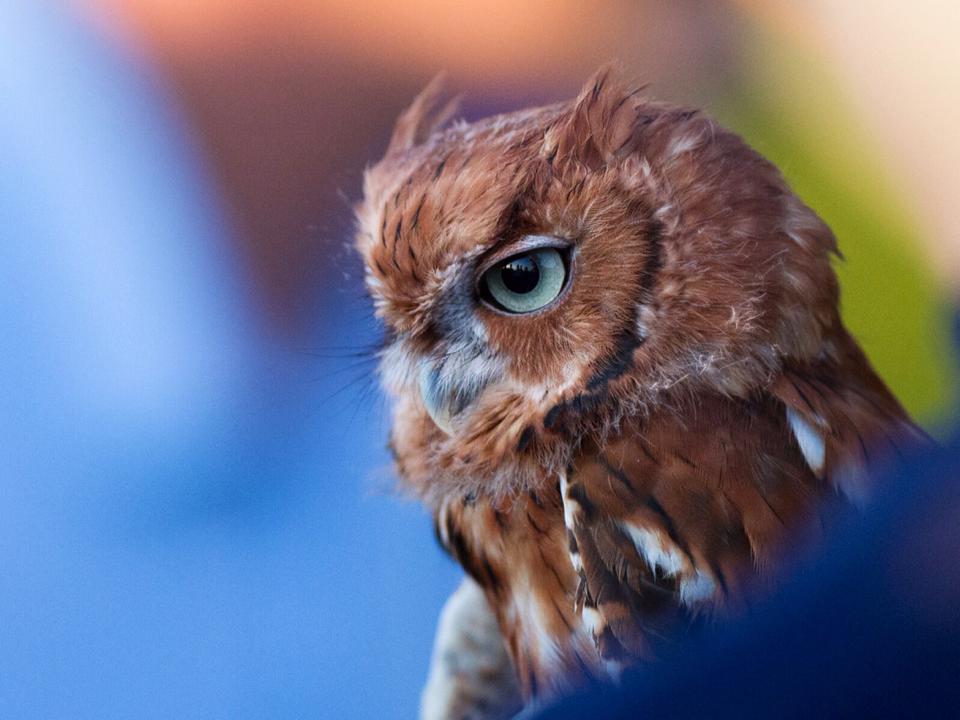 According to a study performed by the Birmingham Zoo on birds and window strikes, an estimated one billion birds die each year from collisions with glass doors or windows!
According to a study performed by the Birmingham Zoo on birds and window strikes, an estimated one billion birds die each year from collisions with glass doors or windows!
Birds fly into glass and windows because the reflections look to them like a clear flight path. Sometimes a collision is hard enough to stun the bird and knock them unconscious. Depending on the force of the impact, even if a bird is able to fly away after striking a window, he or she may still die a little while later.
What can you do? Here are some options to help prevent window strikes:
- If you feed birds, move feeders to within 1.5 feet of windows. This would help reduce the speed & momentum if they do fly into the glass.
- Remove inside greenery or houseplants away from windows so birds won’t be tempted to fly toward them.
- There are many solutions advertised such as cords, tapes or netting that can be hung on the outside of windows; even hawk shaped silhouette stickers and UV stickers – keep in mind though it has been reported that applying single decals to windows is not enough to deter birds because birds only see it as an obstacle to fly around.
- Try applying visible markings to the entire outside of windows to create a pattern birds can see. Non-toxic tempera paint is available at most art supply and craft stores, and is long-lasting (even in rain). Even a bar of soap could be used to mark on the windows and easily comes off when desired with a damp rag or sponge.
How do I help a bird who has suffered a window strike?
Locate a box with small air holes and line it with clean cloth or paper towels. As gently as possible, place the bird into the box and place it in a warm, quiet, dimly lit location away from predators. Do not offer food or water.
If the impact was not too severe and the bird has no obvious injuries, it might be able to fly after about 30-60 minutes. If not, contact your local wildlife rehabilitator for advisement. If Happinest is not local to you, you can find your nearrest animal emergency responder through http://www.AnimalHelpNow.org
Photo of window from ABCbirds.org


